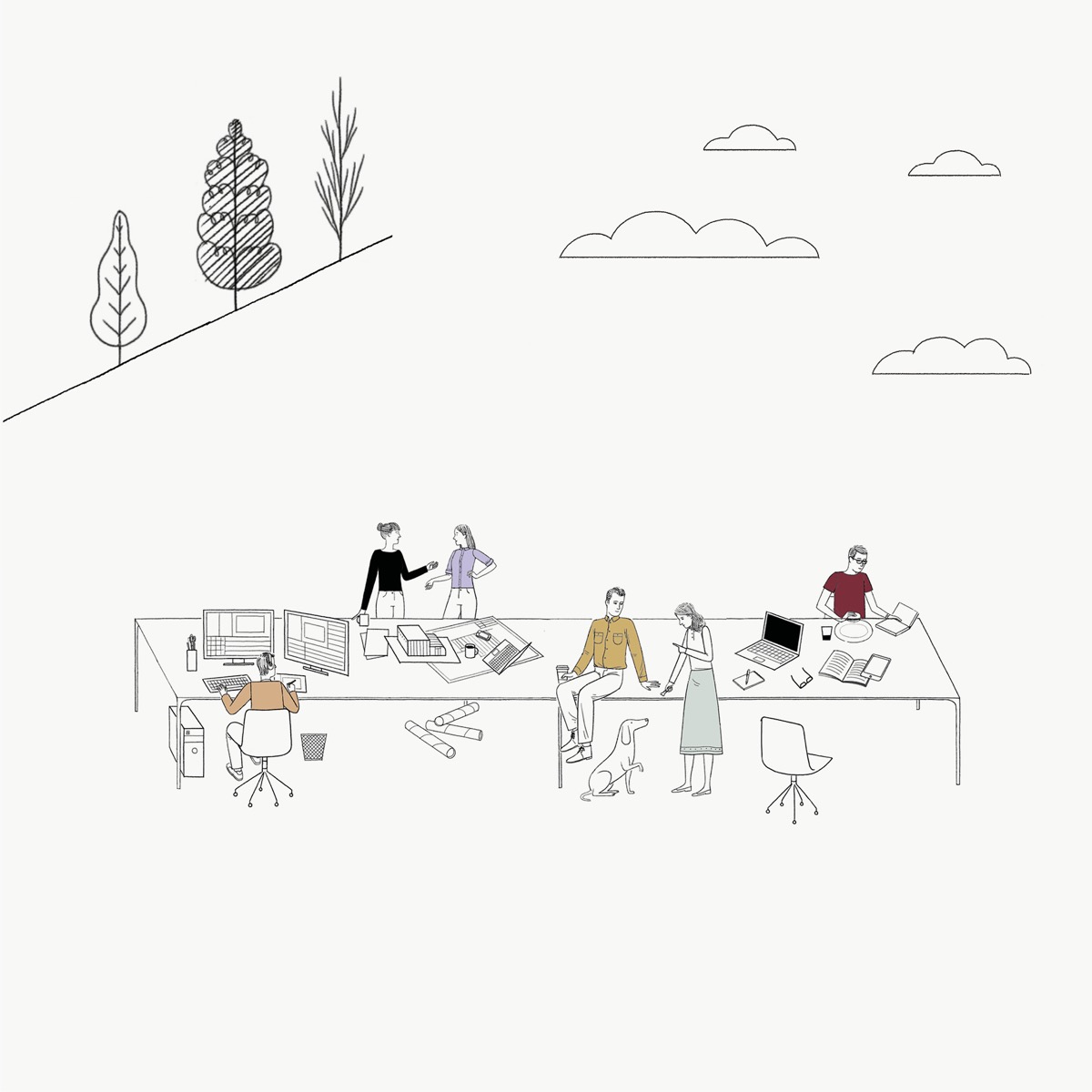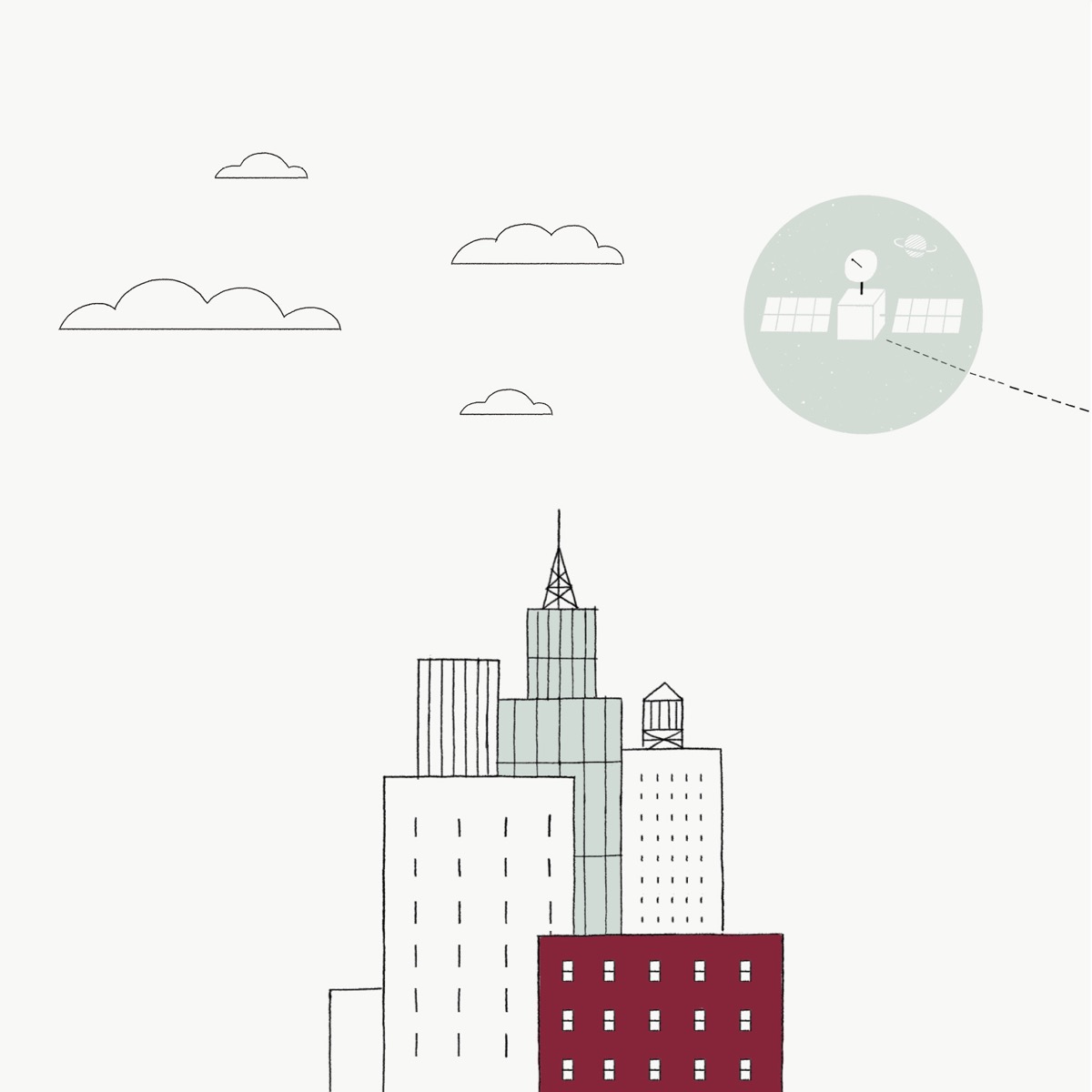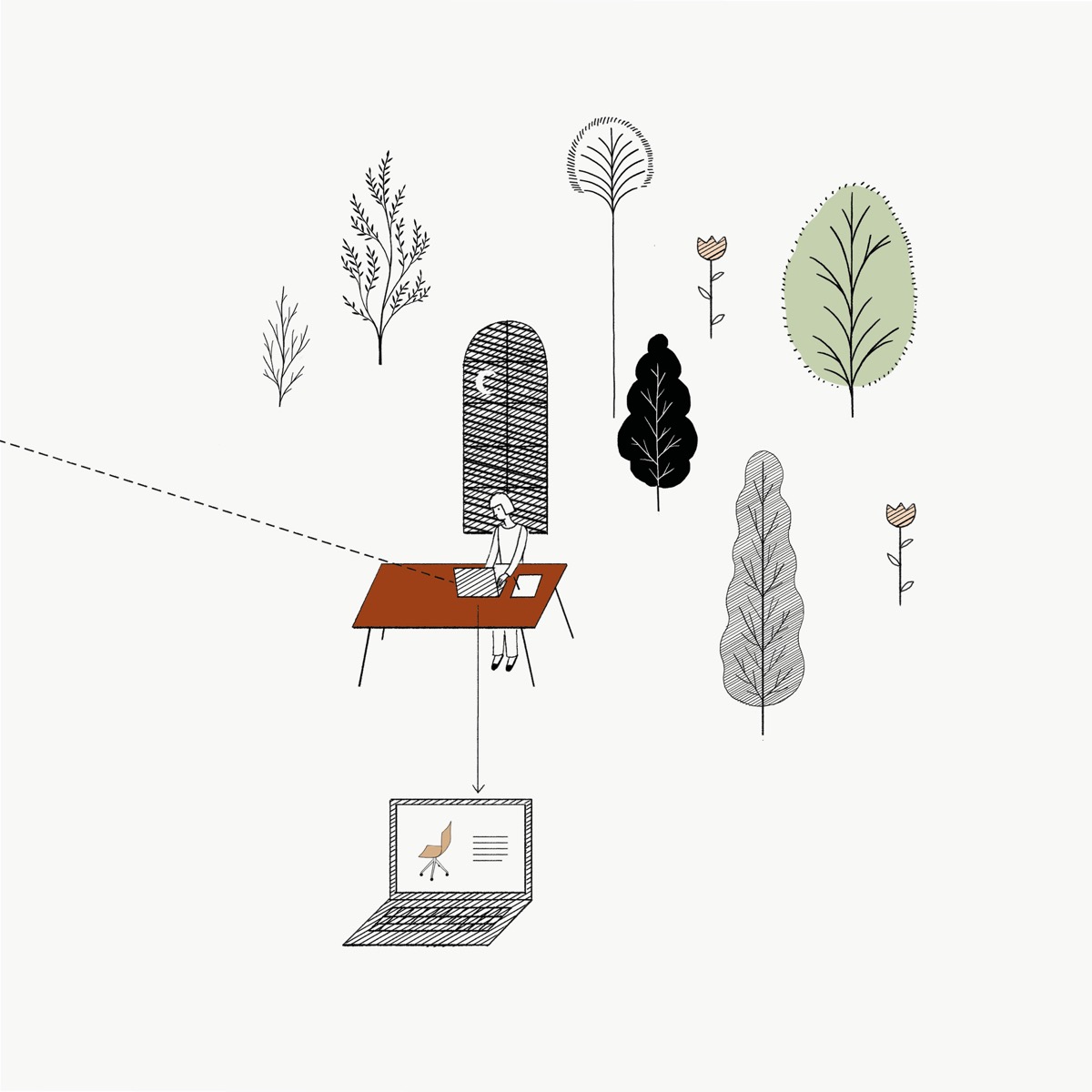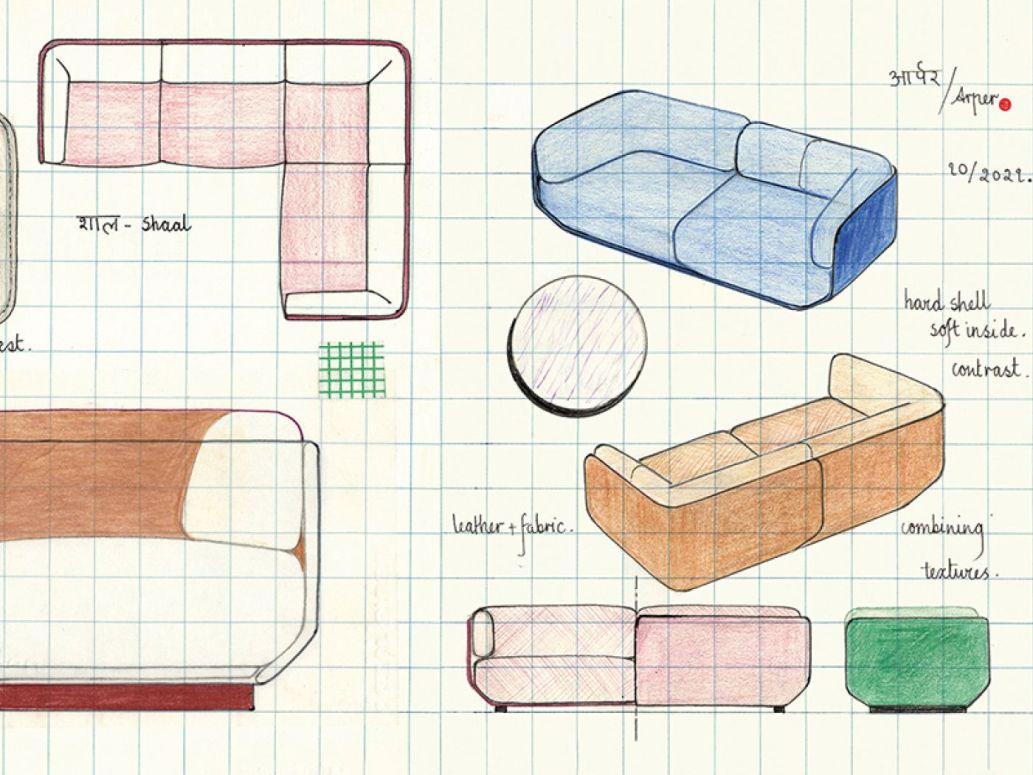
Can you just tell us about this new sofa? Features, functionality, materials and palette?
ND — The first thing we talk to ourselves about is how to create a new typology, something that identifies a gap. We wanted to produce a design for Arper that works equally in a soft residential setting as it does in a work space. In terms of look and feel, these spaces are moving closer together with the unifying qualities of comfort and diversity.
JL — Yeah, this is the part that we find most exciting as a studio, you know, our work is very much about bringing together different worlds to create a hybrid between cultures, technologies and spaces. The second aspect of this project is the need for us to approach the issue of sustainability seriously. Arper is a company that is clearly taking responsibility and wants to create products that genuinely address this issue. In terms of design, we considered what happens to the Arper sofa at the end of its life. How do we recycle components? How do we separate the materials for recycling? This really means we had to make the product from the inside out… designing with sustainability in mind is something really exciting for the design industry as a whole because there is a need to rethink everything that’s around us… there is a tremendous opportunity for innovation.
ND — One of the things that was very clear right at the beginning is that we were not going to do a standalone piece but create an environment. We also started very much from a construction point of view, asking how do you create a system which could very easily be separated into components? At the same time, we’re thinking of the identity of the piece, the qualities we want to bring to Arper, the sensuality, tactility, softness that you associate with the domestic environment... I think that’s something very subjective, how do you create an identity for a piece that works very much within the Arper kind of values but is also suitable to the hybrid spaces we mentioned earlier.
JL — I think what’s interesting is that Arper has a very recognisable visual identity, which we perceived as being very kind of linear and sharp and really like a beautifully tailored suit. And then we have our own recognisable visual expression as a studio. The idea was to marry that with something that would fit into the Arper world. We also perceive Arper products as being very light so the challenge was how to create a sofa that reflects this lightness, like it’s floating or gliding off the floor.
ND — We definitely loved the challenge to play with the contrast between the sharp and crisp identity of Arper and the need for a soft, comfortable piece. We achieved this by creating a wrap around shell that provides the defined outline inside which the soft welcoming cushions are embedded to provide comfort.
Can you tell us a little bit about the design process and the exploration that went into that?
ND — We started by making models to establish some basic principles. I tend to focus on drawing to establish the feeling of a project… while Jonathan’s way of working is very much based on making, or sketching with materials. From the outset, we considered how we could take this whole sofa apart without perceiving the design as separate components.
JL — I find that drawing can get you so far in design, but to really understand the movement of surfaces and of material, how that will behave in reality, you need to work with the physical reality as soon as possible. And that's a process that we employ in the studio whether using fabric or materials to define the form. It’s like drawing in three dimensions and then recording the tension of material as you fold the card or stretch the fabric over a foam volume… observing and recording what is happening during that process.
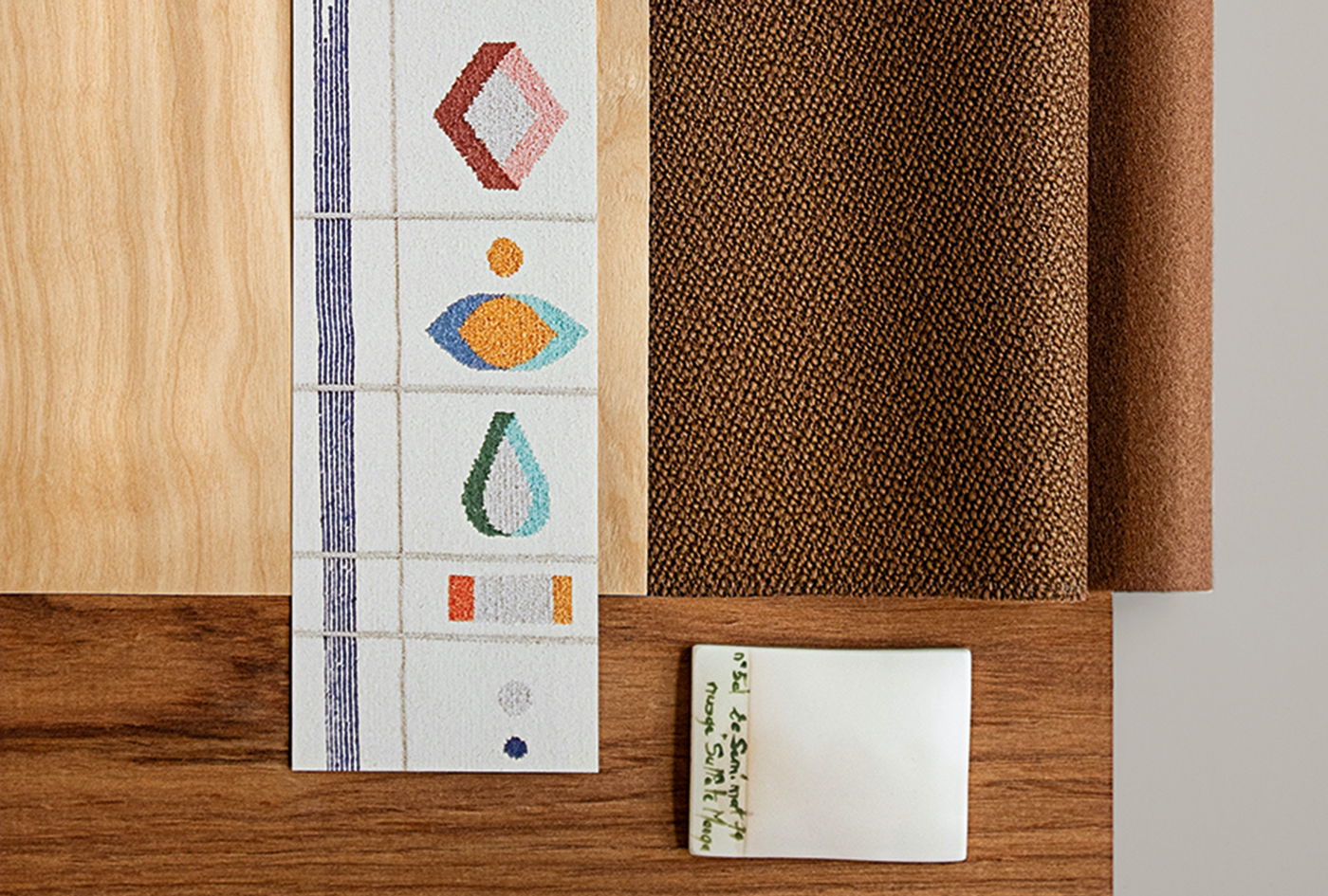

How much the modularity of this product meets Arper ability on this?
JL — Well, I think the modular aspect allows us to adapt to different spaces… and workspaces are incorporating more softness and comfort with the shift in how people are working. We see a need for variety and diversity in work environments, especially after the pandemic!
ND — Well, I think the most important thing I feel about any piece of modular design is that it should have a sense of desirability. The modular configurations have to exist without completely defining the identity of the design. So although our project started as a system, it's really important that every component in that system is also a beautifully designed piece…and I think creating a beautiful, elegant piece is really important. Desirability and beauty have to be there for you to really want something.
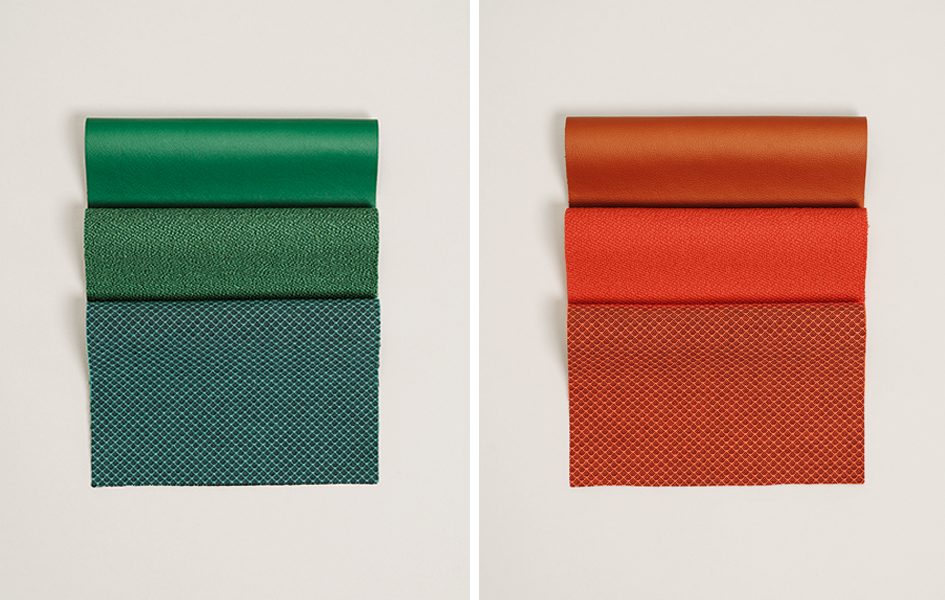

Doshi Levien was founded by the designers Nipa Doshi and Jonathan Levien, who met at the Royal College of Art. The London-based studio is internationally renowned for its marriage of culture, technology, industrial design and fine craftsmanship.
The layering of research, materiality, and the tactility of their design process – painting, sculpting, colour making – result in work that is distinguished by their clarity of ideas and seemingly effortless attention to detail.


